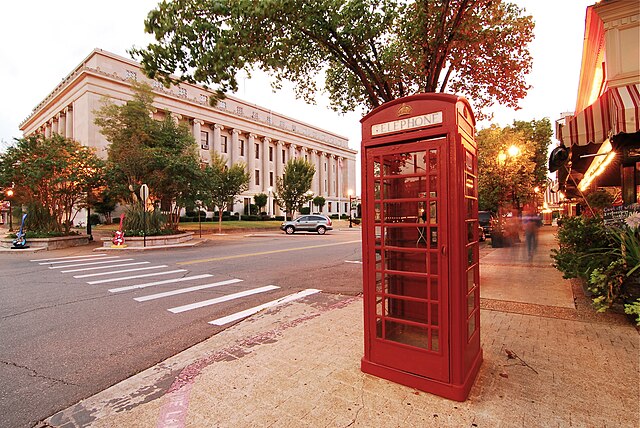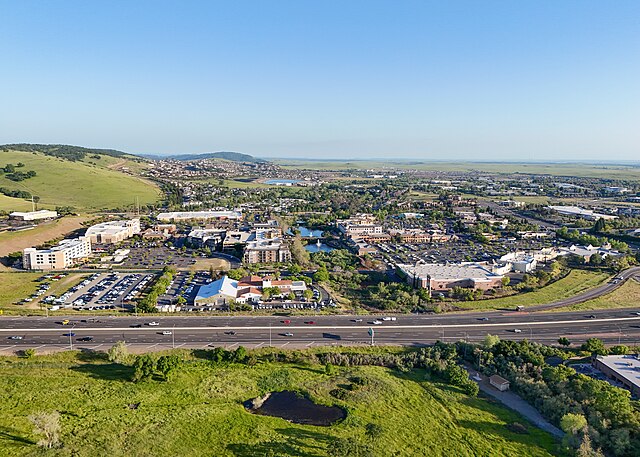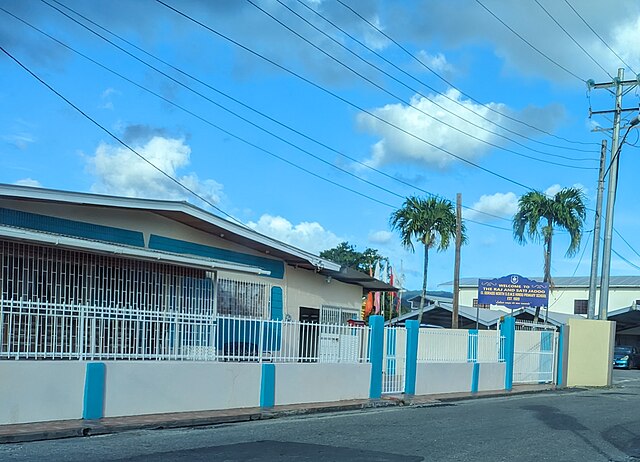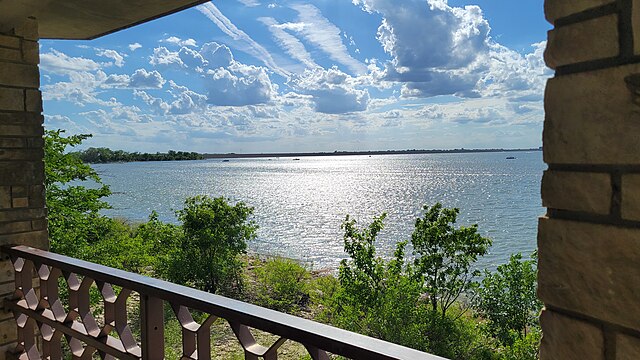Have you ever wondered if El Dorado really exists? You’re not alone. This legendary tale of gold and riches has captivated explorers, treasure hunters, and dreamers for centuries. But here’s the fascinating truth: while the mythical city of gold might be fiction, the real places that inspired El Dorado are very much real – and you can visit them today.
Let me take you on an incredible journey through the authentic locations behind one of history’s most enduring legends. From the sacred lakes of Colombia to the golden museums of South America, we’ll explore seven remarkable places where the El Dorado story comes alive.
What is El Dorado? Understanding the Golden Mystery
Before we dive into our golden adventure, let’s get our facts straight. El Dorado wasn’t originally a place at all – it was a person. The term “El Dorado” literally means “The Golden One” in Spanish, referring to a Muisca chieftain who covered himself in gold dust during sacred ceremonies.
Think of it like this: imagine if centuries from now, people searched for a mythical place called “The Super Bowl” because they heard stories about someone called “The Golden Boy.” That’s essentially what happened with El Dorado.
The Origin Story: Lake Guatavita’s Sacred Ritual
The real El Dorado story begins at Lake Guatavita in Colombia. Here, the Muisca people performed a breathtaking ritual that would spark centuries of exploration. Picture this: a new chief, covered head to toe in gold dust, would paddle to the center of the lake on a wooden raft. Surrounded by his nobles, he’d throw golden offerings into the water before washing off the gold dust himself.
This wasn’t just show-off behavior – it was deeply spiritual. The Muisca believed the lake was sacred, connecting them to their gods through these golden offerings.
From Ritual to Legend: How El Dorado Evolved
When Spanish conquistadors heard whispered tales of “El Hombre Dorado” (The Golden Man), their imaginations ran wild. Like a game of telephone played across continents, the story transformed from a person to a city, then to an entire kingdom flowing with gold.
Soon, every unexplored corner of South America became a potential El Dorado. It’s fascinating how one sacred ritual became the driving force behind centuries of exploration and conquest.
The Real El Dorado: 7 Actual Locations You Can Visit

Ready to discover where you can experience the magic of El Dorado yourself? These seven incredible destinations offer genuine connections to the golden legend.
1. Lake Guatavita, Colombia: The Original El Dorado
This is it – ground zero for the El Dorado legend. Lake Guatavita sits in a perfectly round crater about 30 miles northeast of Bogotá. When you stand at its edge, you’re looking at the exact spot where those golden ceremonies took place.
The lake itself is mesmerizing. Its dark waters reflect the surrounding hills like a mirror, and there’s an almost mystical quality to the place. You can practically feel the weight of history here.
What makes this visit even more special? In 1965, the lake was partially drained, revealing thousands of gold and emerald offerings on the bottom. Many of these treasures now rest in Bogotá’s Gold Museum, but plenty more remain underwater.
Getting There: Your Guide to Lake Guatavita
Getting to Lake Guatavita is easier than you might think. Take a bus from Bogotá to the town of Guatavita (about 1.5 hours), then join a guided tour to the lake. Tours run several times daily and cost around $8-12. The short hike to the viewing platform takes about 20 minutes – totally doable for most fitness levels.
Pro tip: Visit early morning for the best lighting and fewer crowds. The golden hour here is literally golden.
2. Bogotá’s Gold Museum: El Dorado Treasures
If Lake Guatavita is where the story began, then Bogotá’s Museo del Oro is where it comes alive. This isn’t just any museum – it houses the world’s largest collection of pre-Hispanic gold artifacts, including pieces recovered from Lake Guatavita itself.
The museum’s crown jewel? A detailed golden raft depicting the exact El Dorado ceremony we talked about earlier. When you see this intricate masterpiece, the legend suddenly becomes real and tangible.
Walking through these halls feels like stepping into a treasure vault. Over 55,000 pieces of gold and other materials tell the story of Colombia’s indigenous peoples and their sophisticated relationship with gold.
Must-See Exhibits and Visitor Tips
Don’t miss the darkened room where the golden raft is displayed – it’s pure theater, and absolutely breathtaking. The museum also offers excellent English-language audio guides that bring each piece to life.
Visit on Tuesday through Saturday (closed Mondays), and plan for at least 2-3 hours. Entry costs about $3, making it one of the best cultural bargains in South America.
3. Manaus, Brazil: Gateway to Amazon Gold

Manaus might seem like an odd choice for our El Dorado tour, but hear me out. This Amazon city became a golden boom town during the rubber rush, and it serves as your gateway to the vast Amazonian interior where countless El Dorado expeditions ventured.
The city itself tells a golden story through its architecture. The famous Opera House, built during the rubber boom’s peak, showcases the wealth that once flowed through this jungle metropolis.
But the real magic happens when you venture into the Amazon from here. River expeditions departing Manaus follow the same routes that explorers took centuries ago, searching for their golden city.
4. Angel Falls, Venezuela: Natural Golden Wonder
Angel Falls represents El Dorado’s natural majesty. As the world’s highest waterfall, dropping 979 meters from the tepui (table mountain) above, it creates a spectacle that early explorers might have mistaken for evidence of a golden kingdom.
The falls are particularly magical during sunrise and sunset when the mist catches the light, creating rainbow effects that shimmer like gold. It’s easy to see how such natural wonders fueled El Dorado fantasies.
Getting here requires some effort – you’ll fly to Canaima National Park, then take a river journey – but the reward is witnessing one of Earth’s most spectacular sights.
5. Machu Picchu, Peru: The Golden Citadel
While not directly connected to the Colombian El Dorado legend, Machu Picchu represents everything explorers hoped to find: a lost city of incredible wealth and sophistication. The Inca’s mastery of goldwork was legendary, and this “Lost City of the Incas” embodies the golden kingdom dream.
Standing among these perfectly fitted stone walls, watching sunrise paint the mountains gold, you understand why explorers spent their lives searching for such places. Machu Picchu is El Dorado made real – just not where anyone expected to find it.
The site’s Temple of the Sun, with its precisely cut stones and golden associations, particularly captures that El Dorado mystique.
6. El Dorado County, California: American Gold Rush
Here’s where El Dorado crossed the Atlantic. El Dorado County in California’s Gold Country was named directly after the South American legend, as American prospectors hoped to find their own golden paradise in the Sierra Nevada foothills.
Towns like Placerville and Auburn became boom towns during the 1849 Gold Rush, attracting fortune-seekers from around the world. While most didn’t find the easy riches they imagined, some did strike it rich in these golden hills.
Today, you can pan for gold yourself, visit historic mining sites, and explore towns that preserve their Gold Rush heritage. It’s El Dorado with an American twist.
7. Eldorado Canyon, Nevada: Desert Gold Adventures
Our final stop takes us to Nevada’s Eldorado Canyon, where the Colorado River cuts through dramatic desert landscapes. This area saw significant gold mining activity, and the ghost town of Eldorado offers a haunting glimpse into America’s golden dreams.
The stark beauty of the Mojave Desert, combined with the area’s mining history, creates an otherworldly atmosphere perfect for contemplating the enduring power of the El Dorado legend.
Planning Your El Dorado Adventure: Travel Tips

Ready to start planning your own El Dorado expedition? Let’s talk practical details that’ll make your journey smooth and memorable.
Best Time to Visit El Dorado Locations
Timing can make or break your El Dorado adventure. For Colombian sites (Lake Guatavita and Bogotá), the dry season from December to March offers the clearest weather and best lake views. However, Colombia’s eternal spring climate means you can visit year-round.
Venezuela’s Angel Falls is spectacular during the rainy season (May to November) when water flow peaks, but access can be challenging. The dry season offers easier travel but less dramatic falls.
For California and Nevada locations, spring and fall provide ideal weather for outdoor activities. Summer can be scorching in the desert, while winter might limit high-elevation access.
Budget-Friendly El Dorado Travel Guide
Exploring El Dorado doesn’t have to break the bank. Lake Guatavita tours cost under $15, and Bogotá’s Gold Museum entry is just $3. Budget accommodations in Bogotá run $15-30 per night, while mid-range options cost $40-80.
For South American locations, consider the significant savings of traveling during shoulder seasons. Flights within South America can be expensive, so plan your route carefully to minimize airfare costs.
Accommodation Options Near El Dorado Sites
In Bogotá, stay in the historic La Candelaria district to be walking distance from the Gold Museum. Hostels like The Cranky Croc offer budget-friendly options, while hotels like Casa Deco provide mid-range comfort.
For Lake Guatavita, consider staying in Guatavita town itself for early morning access, or commute from Bogotá if you prefer urban amenities.
The Cultural Impact of El Dorado
El Dorado’s influence extends far beyond treasure hunting. This legend shaped how the world viewed South America, influenced literature and film, and continues to symbolize the pursuit of impossible dreams.
The story reflects humanity’s eternal optimism – our belief that somewhere out there, a perfect place exists where all our dreams come true. It’s why we still use “El Dorado” to describe any sought-after prize or ideal destination.
El Dorado in Popular Culture and Media
From Disney’s “The Road to El Dorado” to countless adventure novels, the legend permeates popular culture. Video games, movies, and books continue drawing inspiration from this golden tale, introducing new generations to the enduring mystery.
Even today’s marketing uses El Dorado imagery to suggest luxury, perfection, and exclusivity. The legend has become a powerful metaphor that transcends its historical origins.
Safety Tips for El Dorado Explorers
Adventure calls, but safety comes first. When visiting remote El Dorado locations, always travel with reputable tour operators. Lake Guatavita requires guided access only – don’t attempt to visit independently.
For Amazon expeditions from Manaus, choose established tour companies with proper safety equipment and experienced guides. The jungle demands respect and preparation.
In gold country areas of California and Nevada, be aware of old mining hazards. Abandoned mines can be dangerous – admire from a distance and stick to established trails and viewing areas.
Conclusion
The search for El Dorado reveals something profound about human nature: our irrepressible desire to explore, dream, and discover. While conquistadors never found their mythical golden city, they uncovered something far more valuable – the rich cultures, stunning landscapes, and incredible stories that make these seven locations so special today.
Your own El Dorado adventure awaits, whether you’re standing beside the sacred waters of Lake Guatavita, marveling at golden artifacts in Bogotá’s museum, or panning for gold in California’s historic streams. The real treasure isn’t gold at all – it’s the journey itself and the stories you’ll carry home.
So pack your sense of wonder, bring your curiosity, and prepare to discover that sometimes the most legendary places are real after all. Your El Dorado is out there, waiting to be explored.
Frequently Asked Questions
1. Is El Dorado a real place you can visit today?
While the mythical golden city doesn’t exist, you can visit the real locations that inspired the legend, including Lake Guatavita in Colombia where the original El Dorado ceremonies took place.
2. How much does it cost to visit the original El Dorado site at Lake Guatavita?
A guided tour to Lake Guatavita costs approximately $8-12, plus transportation from Bogotá (around $5-8 for bus fare). The total day trip typically costs under $25 per person.
3. What’s the best order to visit multiple El Dorado locations?
Start with Colombia (Lake Guatavita and Bogotá’s Gold Museum) to understand the legend’s origins, then expand to other South American sites, and finish with North American gold rush locations for a complete El Dorado journey.
4. Can you still find gold at these El Dorado locations?
While recreational gold panning is possible in California and Nevada locations, Lake Guatavita is protected and treasure hunting is prohibited. The real treasures today are the cultural and natural experiences these sites offer.
5. How long should I plan for a complete El Dorado tour?
A comprehensive El Dorado adventure visiting all seven locations would require 3-4 weeks. However, you can experience the core Colombian sites (Lake Guatavita and Gold Museum) in a meaningful 2-3 day trip from Bogotá.

